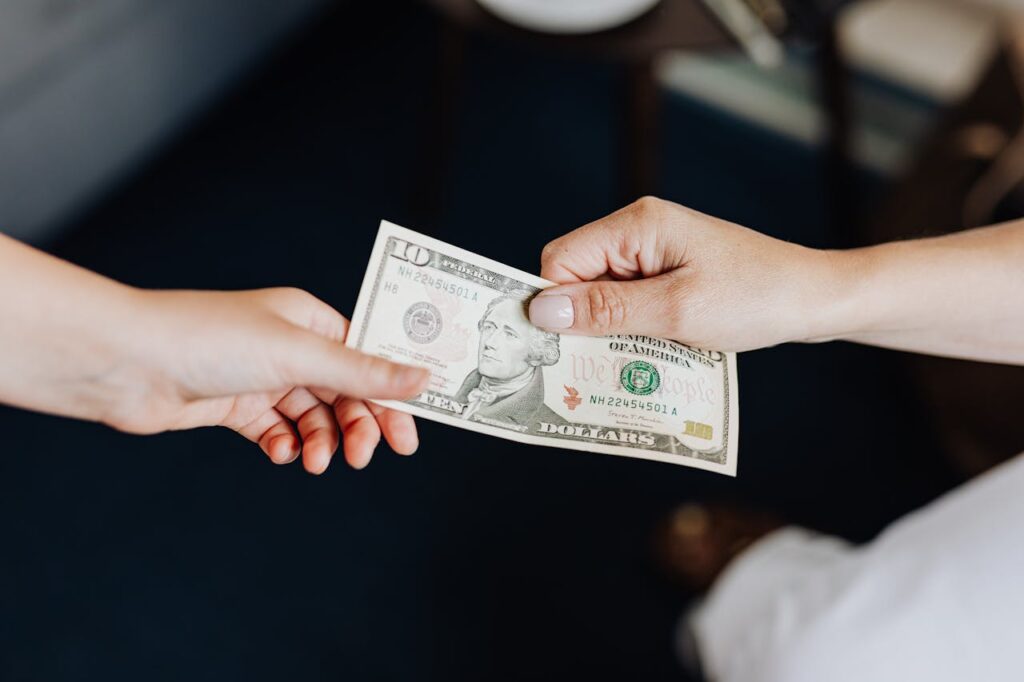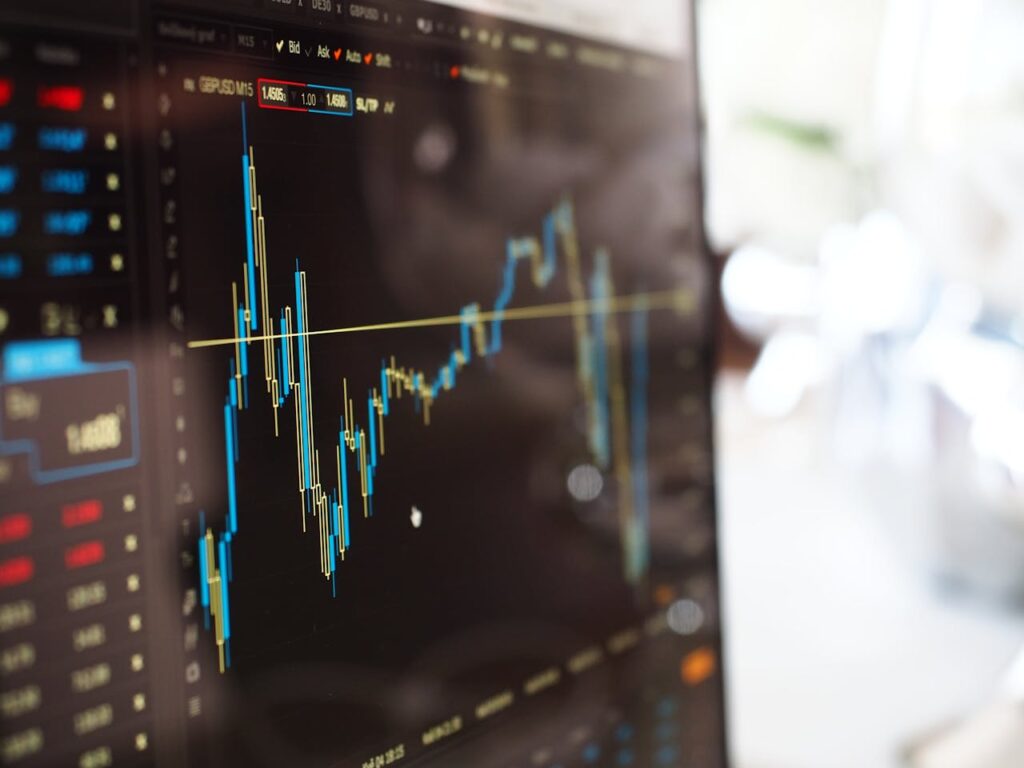Mastering the Art of Loan Negotiation: Securing the Best Deal for Your Business
Mastering the Art of Loan Negotiation: Securing the Best Deal for Your Business For small business owners and independent professionals, the negotiation of loan terms is akin to threading a needle in a storm—challenging, but an essential skill. Whether it’s a startup looking for capital to jumpstart operations or a seasoned freelancer aiming to streamline cash flow, the terms of a loan can either break or bolster your financial future. To unravel the complexities and arm you with strategies for success, we’re about to divulge a detailed roadmap for renegotiating those critical numbers with your bank. Why Negotiation Matters More Today Than Ever Understanding the significance of loan negotiation is your first step toward financial empowerment. With economic landscapes constantly shifting and businesses requiring increasingly flexible financial structures, being able to secure better loan terms can pave the way for growth and stability. This proactive approach can unlock lower interest rates, favorable repayment schedules, and reduced fees, offering a cushion against economic uncertainties. Understanding the Loan Lexicon To negotiate like a pro, you need to speak the bankers’ language. Loan terms encompass a myriad of jargon, including APR, Amortization, and Loan Covenant—all are significant. Each term set and definition holds clues to where you might be able to sweeten your deal. Mastering the Basics Interest Rates: The cost of borrowing expressed as a percentage. Lowering this can mean substantial long-term savings. Repayment Schedule: The when and how of your loan installments. Flexibility here is a boon to cash management. Loan Concepts: Understanding loan covenants and default clauses can offer leverage; it’s the ‘what ifs’ often overlooked in negotiations. Preparing for the Battle Research: Your Financial Arsenal Before any successful negotiation comes considerable groundwork. You need to be armed with knowledge—market rates, competitor loan offers, and the current lending environment. This isn’t just about knowing where your loan sits; it’s understanding where it could stand. Organizational Finances: Your Ammunition Clarity is key. Have your financial statements in order, know your credit score, and be ready to explain any bumps in your history. The more organized and pristine your documentation, the more credibility and strength you bring to the table. Strategic Approaches at the Negotiating Table The Art of Persuasion Negotiation is an art form that thrives on effective communication. Listen carefully and respond strategically. Understand the motivations and pressures your lender may face. Be prepared to illustrate your value not just as a customer, but as a reliable investment. Building a Case for Change Numbers don’t lie but they need someone to interpret them. Show how your history merits a second look at your rates or how your growth plans align with favorable terms. It’s often the personal, logical, and emotional combination that tips negotiations in your favor. Targeted Tactics for Term Transformation Interest Rate Reduction 101 One of the most sought-after concessions, an interest rate reduction can free up capital. The key to this negotiation is comparables—what are other lenders offering? Present these figures respectfully but assertively to drive your point home. Flexible Repayment Schedules Life changes, and so should loans. Whether it’s a seasonal business or project-based income, a tailored repayment schedule can be a lifeline. Highlight your track record, and demonstrate how a more accommodating plan can improve your likelihood of success and thus, their return. Fee Reductions and Waivers Fees can easily sneak into your loan agreement and eat into your bottom line. Challenge these. Were there circumstances or errors that could merit fee forgiveness, even in part? Every dollar saved is a dollar reinvested in your growth or security. Life Post-Negotiation: Your Strategic Playbook Enacting Change After a Win After securing your improved terms, it’s time to formalize and integrate these changes into your operations and skilfully watchdog the implementation. Don’t assume—confirm and double-check that the updated contract reflects your hard-won alterations. Dealing with Unsuccessful Negotiations Not every negotiation bears fruit, and that’s okay. It’s about lessons learned, sometimes it’s the timing, the ask, or simply the star’s misalignment. But that doesn’t mean you’re done; it just means the next battle might be on more favorable terrain. In the End, the Game Plan Success in negotiating loan terms is about strategy, timing, and readiness. Be clear on what you need, but more importantly, understand what you can offer. Loans aren’t charitable endeavors; they are commitments. By approaching negotiations from a partnership mindset, where the bank also wins by your success, you can frame your discussions for mutual benefit. Take the First Step Negotiation is a path to financial stewardship, a skill that can amplify the power of every dollar borrowed. Whether a long-established business owner, starting a new venture, or advising on the most judicious financial paths, understanding and executing successful loan negotiations is paramount. Engage in conversations not as a supplicant but as an informed stakeholder. And remember, every rate point shaved, every fee waived, is a victory for your bottom line. Ready to Negotiate? Now that we’ve armed you with the knowledge and approach, it’s time to set your sights on better loan terms. Approach the bank with confidence, bearing these strategic principles in your arsenal. Negotiation isn’t just about getting to ‘yes’, it’s about crafting a deal that propels your enterprise forward, poised for sustained growth and resilience. Take the plunge and make those numbers work as hard for you as you have for them. Your financial future—negotiated, not mandated—ushers in a new era for your business.






